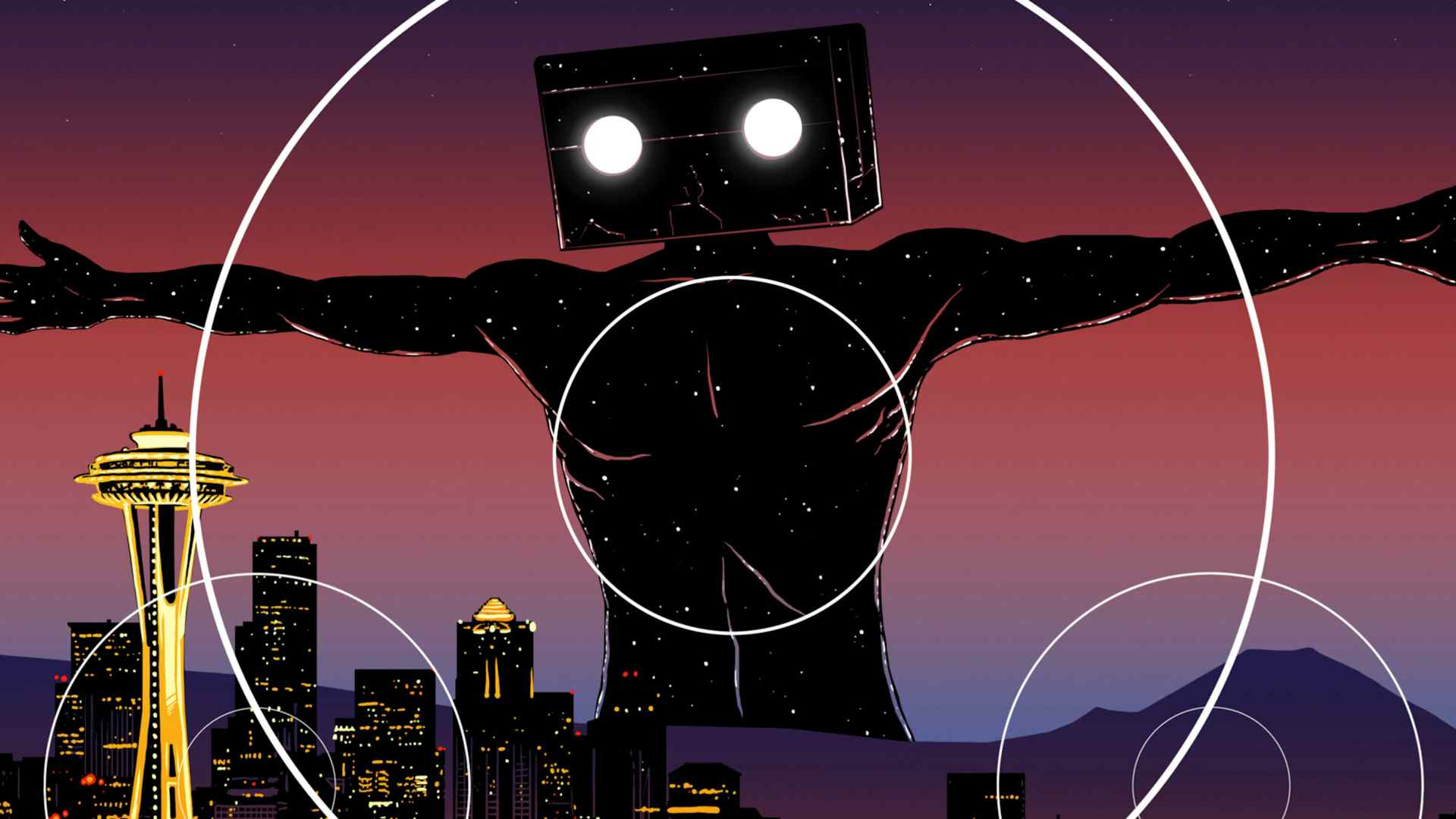Robert Horton is a Scarecrow board member and a longtime film critic. This series of "critic's notes" is chance to highlight worthy films playing locally and connect them to the riches of Scarecrow's collection.

Terence Stamp died this week, so I have an excuse to reprint a 1999 interview I did with him in Seattle when The Limey came out. I wish this were an extensive piece, but it's not, and it's possible that somewhere in my files I have a cassette tape of the whole encounter, which probably lasted 45 minutes or so, as they did in those days. But I don't know where that is, so this will have to do.
The one thing I definitely left out was Stamp's anecdote about arriving on the set of Federico Fellini's Toby Dammit, and having the maestro give him a hilariously profane backstory for his character's first moments in the film. You can find this story in other Stamp interviews – it was clearly a go-to yarn for him – but usually in a cleaned-up version. Fellini's instructions were gloriously X-rated and decidedly un-PC.
The other thing I remember is Stamp's presence, which I can only describe as a kind of serene intensity. He had on a very beautiful suit, but sat (I think on the edge of the bed in the hotel room) with complete casualness, at one point hitching his trouser legs up so he could sit more comfortably, exposing his lower legs. It was the posture of someone at ease with himself, whatever he actually felt. Here's the piece, originally published in The Herald.
Terence Stamp had his first rush of stardom in the 1960s, following his debut performance in Billy Budd. He followed that success in such high-profile British films as Far From the Madding Crowd and The Collector.
Stamp has had memorable roles in recent years, especially as the doomed informer in The Hit and the subtle drag queen in Priscilla, Queen of the Desert. His new film, The Limey, gives him one of his best parts of his career, as an English jailbird who comes to Hollywood to exact revenge. The London-born actor stopped in Seattle recently to promote The Limey, and I interviewed him in his hotel room. In his sixtieth year, Stamp still has the blazing blue eyes that help make him a star; although he can seem somewhat ethereal on screen, in person he has a solid, elegant forcefulness.
Stamp talked about the unusual structure of the film, which jumps around in time. He felt that the justification for this was that his character, Wilson, is “a man in whom the present is both past and future,” and that having spent so many years in prison, Wilson would have found a way to be somewhere else in his mind.
The director, Steven Soderbergh, complained that movies are being made in essentially the same linear format they’ve been in for the last 100 years. So why not take a few liberties? “His direction is wonderfully abstract,” said the actor, “so initially he didn’t talk too much about expanding the barriers of time concept in film. But I gathered that it wasn’t going to be sequential.”
Playing a kind of abstracted man, Stamp took Soderbergh’s ideas and “put all that together and thought he was trying for what the French call ‘songe,’ a particular kind of dream, a moment outside time.” That must account for the eerie stillness of his “Limey” character. To explain further, Stamp picked up a TV remote control from the table in front of him and pretended it was a carpenter’s level. Walking around the room, Stamp demonstrated a tightrope walker’s steadiness as he kept the imaginary tool on the level.
His other inspiration for the character’s stillness came from studying the “high intensity, low tension” exemplified by American action stars Yul Brynner, Lee Marvin, and Steve McQueen. He cited the wonderful scene from the beginning of The Magnificent Seven in which McQueen and Brynner ride a wagon into a funeral: “They’re completely coiled, but with no tension.”
Stamp rated Soderbergh up with the directors he considered the two best he ever worked with, William Wyler (who made The Collector near the end of his career) and Federico Fellini, who shot a wild segment of Spirits of the Dead with Stamp in the late sixties. “Soderbergh,” Stamp mused, “is as prepared as Wyler, but as fearless as Fellini.”
The Limey actually recalls another film from that decade, Poor Cow, which Stamp made in 1967. Ingeniously, The Limey incorporates scenes from Poor Cow as a way of showing flashbacks to the character’s youth. Part of Stamp’s job was to imagine how the man’s movements and voice (a hard accent that sometimes slips into Cockney rhyming slang) would have changed over the years.
It’s been an interesting road for this actor, who admitted to a bit of trepidation at his initial fame. “I was probably very nervous, early on, because I had such phenomenal success so early.” He won a Golden Globe and an Oscar nomination for Billy Budd, and “I think I was probably frightened about whether I could follow it up,” he said now. “Where do you go from there, you know?” As it turns out, the ultimate destination was The Limey, and an authoritative, expert performance.
August 22, 2025


